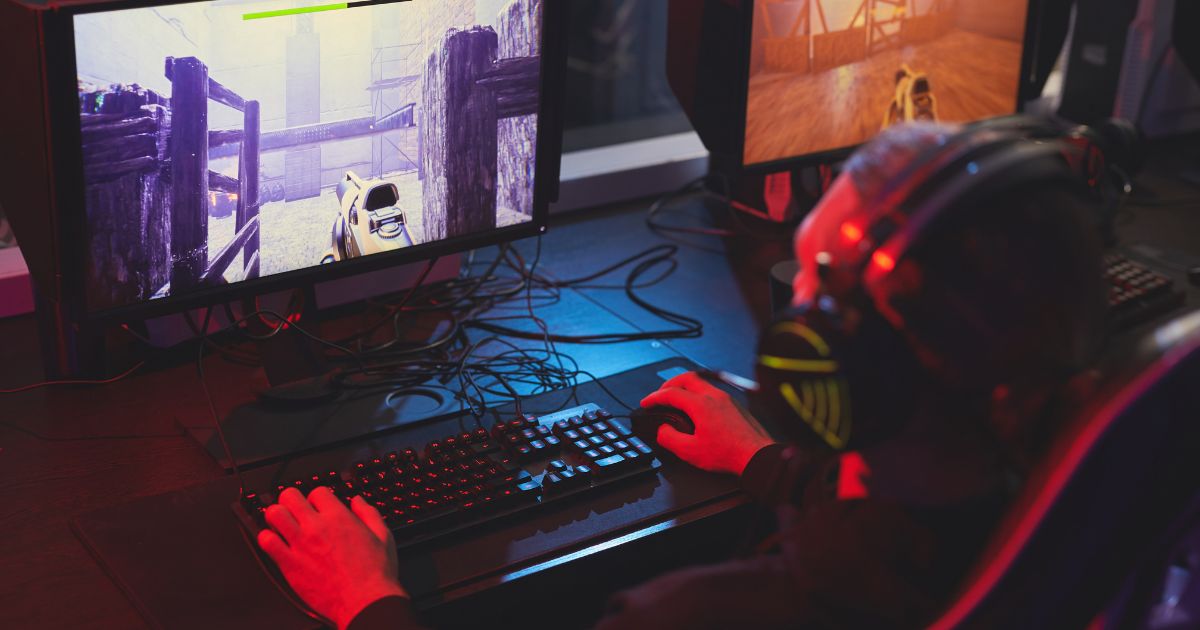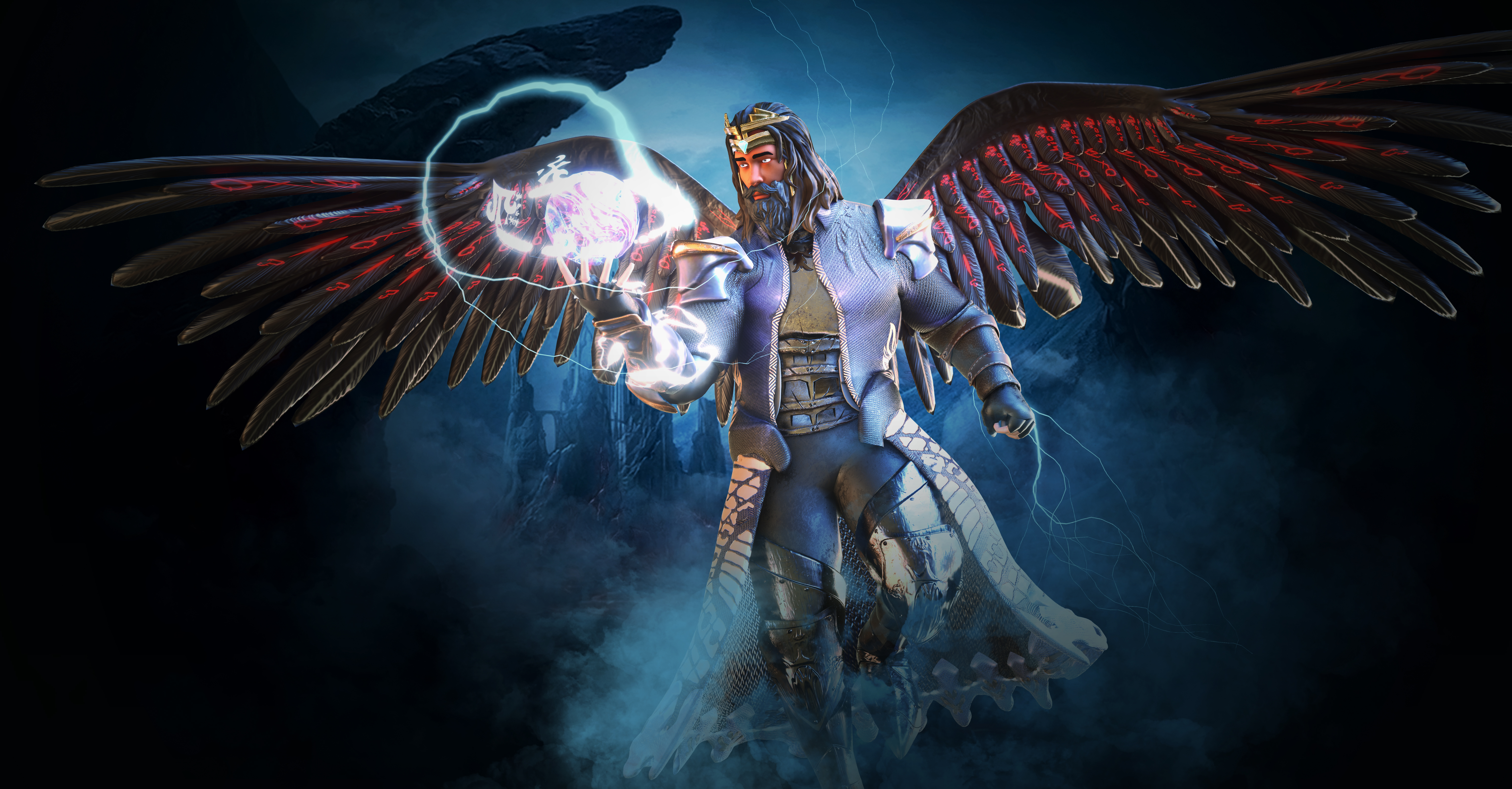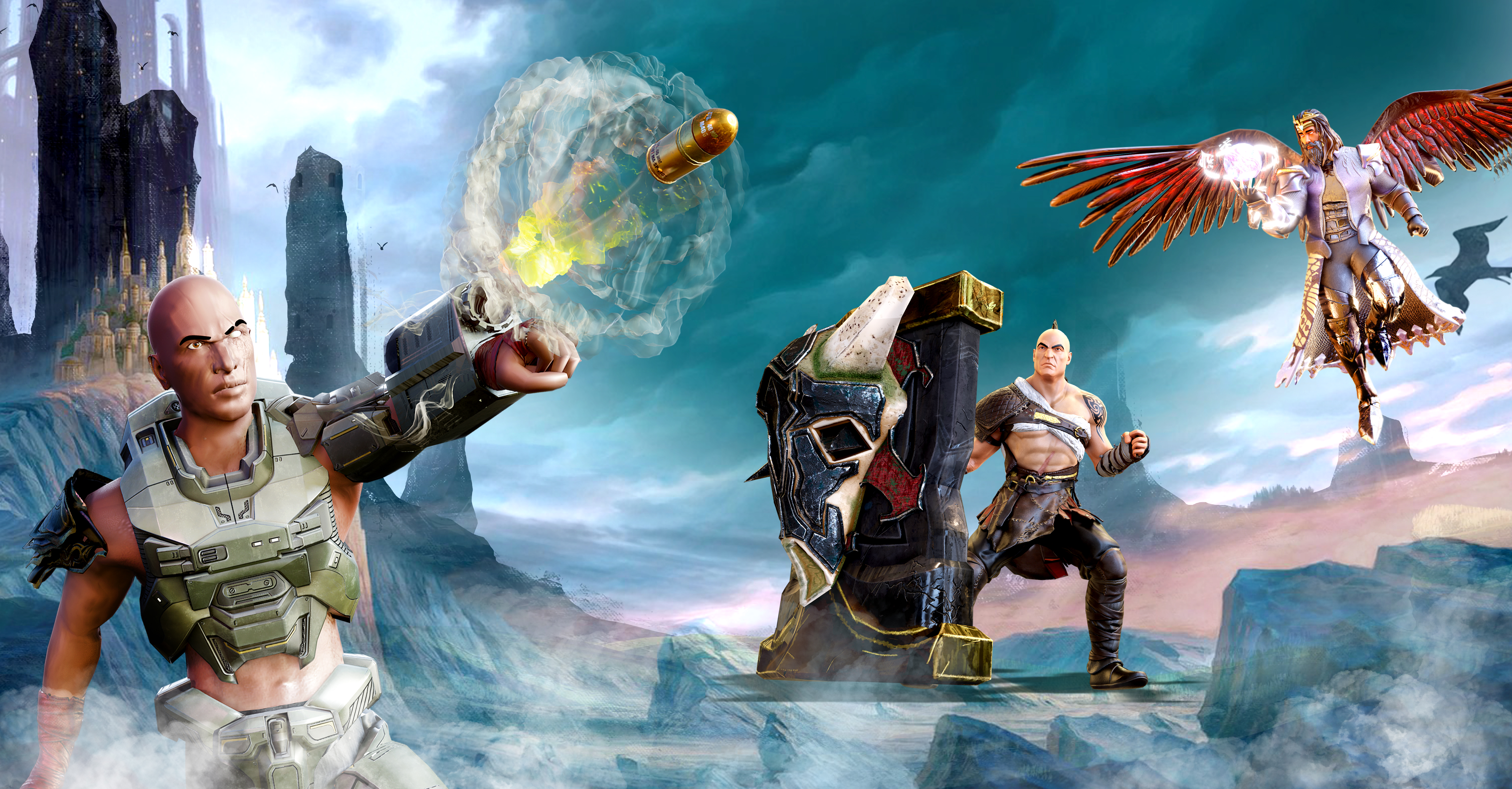

An indie game, short for independent video game, is a video game typically created by individuals or smaller development teams without the financial and technical support of a large game publisher. In the indie games development process, the developers have their independence hence there is no publisher involved, the publishing, launching, marketing and monetizing of the game created is handled by the Game developer itself. As the gaming industry continues to thrive, indie games have skyrocketed in popularity, capturing the attention and admiration of players worldwide.

In this article, we will delve into the process of Indie game development, launching and marketing of games and the challenges involved.
Understanding the Indie Game Design Process
The indie game design process refers to designing and developing the game by an independent creator or a handful of developers. These games constantly prioritise unique video gaming experiences, innovative thinking, and creative thinking ahead over operational considerations. Let’s understand the fundamental levels and components that are involved in the basic process of developing a successful game.
Selecting a game engine is important since it builds the foundation for your project in independent game creation. Consider the requirements of your game. Some engines are designed for specific engines or genres. Some of the most common game engines which are used in indie game development are Unity, Unreal Engine, Godot and Construct. However, always choose the game engine which best suits your game development needs.
Always remember to find out whether the engine you choose allows for you to add your own custom game components, tweak the engine's source code, and build customised tools to speed up development.
Programming languages play a vital role in indie game development as they are used for developing game logic, control mechanisms, regulate player input, and deliver the overall gaming experience. Different programming languages provide varied degrees of performance, adaptation, and functionality.
Some of the most common programming languages used in indie game development are C++ (used in Unreal Engine), C# (used in Unity Game Engine), JavaScript (used in Construct Game Engine), Python (used in Godot).
Once you have selected which game engine and programming language suits your needs the best, it’s time to start creating the model or prototype. It's the time wherein you actually start developing the minimum viable product (MVP). It is the initial version of your game that helps you test and validate your game concept and mechanics.
This stage focuses on building a core functionality of the game. For instance, you are making a game in which you throw a ball a certain height, so here in this stage your main motive should be to check how fast and swiftly you can throw the ball and how smoothly it transitions back to the start point, this is what the actual game play experience is all about.
It is important to manage the core functionality, as it is the sole decider of how engaging and fun your game is.
Let’s bring your game to life!
In this step, let’s bring life to your game and its characters. Meaning add music and art to the game. If you're curious about making your own sound and art, you can surely attempt it. But there are also various options available where you can get it such as Unreal Engine Marketplace, itch.io, Cubebrush.
Sound effects and music bring a game to life by enhancing actions, movements, and environmental elements whereas art can effectively convey story telling of the game.
Turn it into a Complete Game
The testing process of an indie game is a vital step that aids in solving problems, improving video gaming mechanics, and ensuring the continuation of a high level of player delight. This process ensures quality and stability of the game.
Assess the game from the beginning till the end, it can be done by practising winning it, losing it, again restarting it, scoring high points, low points and doing it all over again until its a seamless process. To turn it into a complete game means, achieving all your game mechanics desired for your game creation — be it very small change or any other tweaks to be made. Do it all and finish your game.
Testing and Debugging the Game
Well congratulations are in order since your game is completed. It’s now time to refine and polish your game. Check for all the bugs and if they are there, get rid of them. This process of debugging should be repeated as the bugs may pay your game a daily visit. Fix all the bugs, update your game in all the stages and ensure a seamless gameplay experience for your users.
Launching & Marketing the Game
Time to make the game available to the gamers to play and enjoy the miracle you created.
To start with, identify the platforms you want to target for your game such as mobile devices (iOs and android), PCs and consoles. The next step involves deciding the price of your game. It should always be the perfect balance of monetization where the value delivered is equal to (or ideally greater than) what it costs to your players.
Plan a marketing strategy such that it reaches your target audience and helps you stand out in the competitive market. In this era of social media and digital world, don’t forget to promote and advertise your game on social media platforms such as Facebook, Instagram, Youtube.
Always remember that marketing is a continuous process throughout the process of indie game development. Keep updating your marketing strategies according to your target audience needs and feedback.
Conclusion In conclusion, for all those aspiring game developers who have just begun their game development journey, the indie game development industry opens a world of existing opportunities for their creativity and innovative gameplay design. From choosing the game engine to designing a prototype, every step has its own challenges and opportunities to grow. Ultimately, a blend of commitment, persistent learning, and involvement in the community is the key to success.
dolorum quia accusamus perspiciatis animi doloremque qui rerum totam alias dolor esse aperiam officiis. autem laudantium id officiis sunt.
qui odit ratione aut sit dolorem quidem nulla occaecati odio dolorem omnis eveniet. odit et non ad excepturi autem fugiat animi voluptates similique molestiae non nihil voluptatem itaque doloribus non
accusantium occaecati aliquid qui dolorum vitae doloremque omnis ut eum est consequatur non eum. illo non sit unde est sed culpa rerum error rerum voluptatum nihil perspiciatis dicta rerum veritatis t
libero iusto sapiente sit est et tempore quidem consectetur ea velit voluptatem aut et molestiae aperiam. dolorem non a id distinctio voluptas voluptatum maxime vel earum assumenda est fuga. hic rerum
velit nobis sint aut dolorem corrupti dignissimos voluptatem dolorem molestias deserunt doloribus nam facilis. explicabo reiciendis atque officia optio id voluptate sed. pariatur cumque quia voluptas
distinctio quis tenetur expedita magni occaecati ipsam. sunt dolorum qui ipsam voluptatem cupiditate consequatur earum dolor iste facere ut aut eius porro magni. quas ut omnis velit quas dolor quo qui
error non provident corrupti ut laboriosam. atque libero molestias non quis reprehenderit sed. molestias nisi sint dolores neque velit velit numquam deleniti aspernatur totam. cupiditate quas quibusda